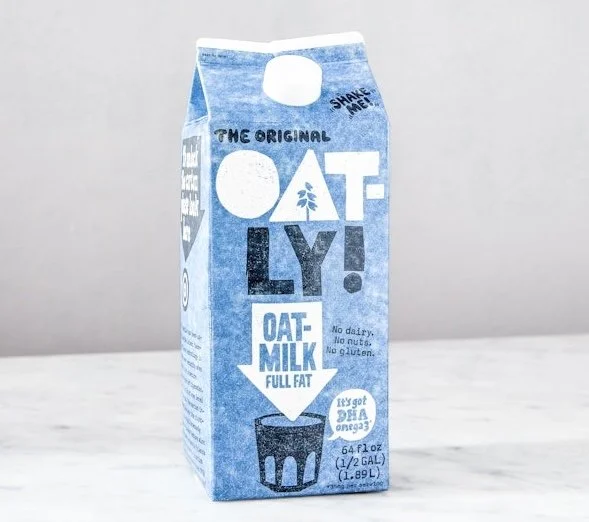Target Market Insight: The Key to Successful Product Launches in Food & Beverage
Introduction
Understanding your target market is essential for any food product's success. It's not just about creating something delicious—it's about creating something that solves a specific problem or fills a need. Identifying these pain points through market research and trend analysis allows businesses to develop products that truly resonate with consumers, setting the stage for successful launches.
The Power of Market Research
Market research provides a window into the minds of consumers. It helps you understand what they need, what they prefer, and what challenges they face. Whether you're analyzing surveys, industry data, or social media trends, gathering insights early in the development process ensures that the product you create is aligned with consumer expectations.
For example, consider the rise in demand for gluten-free products. Initially, this need was only recognized by a small segment of the market. However, through thorough research, companies realized a broader trend towards health-conscious eating, driving the development of gluten-free and allergen-friendly options, which have now become mainstream.
Trend Analysis: Predicting Market Shifts
Food trends evolve quickly, and staying ahead of the curve is essential for long-term success. Trend analysis helps businesses forecast shifts in consumer preferences and adapt their products accordingly.
Consider how plant-based foods have grown rapidly in popularity. This wasn’t a random change; it was driven by increasing concerns around health, sustainability, and animal welfare. Businesses that were able to identify and capitalize on this trend initially saw significant growth. Many did not, however, stay current with market demands around clean labels, real plant foods, and nutritious, healthful products, which has undermined that early success.
Solving Consumer Pain Points
Successful food products don’t just taste good; they solve real problems for consumers. Whether addressing dietary restrictions, convenience needs, or health concerns, identifying consumer pain points should be at the heart of any product development process.
Take meal kits as an example. With the rise of busy lifestyles, consumers were seeking ways to eat healthier without sacrificing time. Companies identified this pain point and created meal kits that offered convenient, fresh, and easy-to-cook meals at home, solving both the time crunch and the desire for nutritious meals.
Addressing pain points isn’t limited to convenience; it also includes meeting emotional and lifestyle needs. For instance, many consumers are increasingly aware of sustainability. Products that align with these values, like eco-friendly packaging or locally sourced ingredients, resonate deeply with consumers, leading to stronger brand loyalty.
Case Studies in Food Innovation
Let’s explore a few examples of successful products that have emerged by addressing consumer pain points and using trend analysis to guide development:
Siete Foods: As awareness of dietary restrictions and grain-free alternatives grew, Siete Foods capitalized on the opportunity. They introduced grain-free tortillas and snacks, which solved a key challenge for consumers seeking healthier, allergen-friendly versions of staple foods. By combining tradition with health-conscious innovation, Siete Foods became a leader in the natural food space.
RXBAR: Consumers wanted a protein bar without artificial ingredients or excess sugar. RXBAR answered with clean-label bars made from simple ingredients, driving them to rapid success.
Oatly: As dairy alternatives became a hot trend, Oatly focused on creating an oat-based product that catered to lactose-intolerant and vegan consumers, while also addressing environmental concerns related to dairy farming.
Conclusion
Understanding your target market is the foundation of a successful product launch. Market research and trend analysis enable companies to develop products that address real consumer pain points, making them more likely to succeed. By focusing on solving problems—whether they’re related to time, health, or values—food businesses can create products that resonate deeply with their audience, leading to lasting success.
Let’s Create the Future of Food Together!
Need help understanding the latest food trends or identifying the pain points your next product should address? At Culinary Culture, our expert team provides deep market insights and innovative product development strategies to help you create the next big thing in food. Contact us today to learn more!








